Our senses can unexpectedly transport us to those places and bring back those memories that are ensconced in some remote corner of our brain. The multi-faceted artist, Noorjehan Bilgrami, experienced this while walking in the adjoining park of the National Museum in Karachi.
Even before her mind could register, the fragrance from blooming flowers of the molsri tree had transported her to her childhood home in Hyderabad Deccan. Realising that the tree is available in Karachi, she planted it in her garden and years later its fragrance became one of the departure points of her current exhibition “Molsri ke saaye taley, (Under the molsri tree)” curated by Maha Malik at Koel Gallery, Karachi.
The work mainly consists of paintings, small installations created inside Plexiglas cases and a short film. Translucent washes of pigment on rice paper incorporating old family photographs, drawings, floral patterns, marks and geometric spaces make up the two-dimensional surfaces. The colour palette consists of sepia and earth tones along with deep indigo blue and gold. The work suggests visual recording of family history and nostalgia.
The artist, however, says that the intention of the work is not nostalgia but memory and a fragile connection to memories. The search into the family history started some years back in Edinburgh where Bilgrami’s daughter was working on a film based on her ancestral roots in Scotland. This took the artist to Canada where she searched for images through her mother’s collection of family photographs, resulting in the current body of work.
Noorjehan Bilgrami’s work evokes a sense of fragility associated with memory and a careful preservation of the past
The origins of Bilgrami’s textile practice, spanning over three decades, can be traced back to the costumes worn by her ancestors and the rich memory of that time. Her extensive engagement with the materials seeps into her paintings, which incorporate printed and dyed fabric, and Neer (indigo) and gold pigments. The floral patterns appearing in the paintings extend out from the woven clothes worn by the figures. The portraits, geometric shapes, images of molsri tree, marks and washes of paints, along with other irreducible elements in the paintings, are layers of past and present, the self and the extensions of the self.
 |
| Under the molsri tree 6 |
The work is partly informed by the artist’s thoughts emerging from her meditative practice, the idea of looking out into distance, searching beyond horizons and then bringing the gaze back to the present. In meditative practice, self is contained in a square or a four cubic feet space, which is considered one’s real existence in the universe. The geometry, also found in the earliest spiritual thought as well as Islam and Islamic art, is a way to locate the self.
Inside the Plexiglas cases, the paintings are devoid of photographs; instead indigo blue dominates the canvas. A loosely drawn grid, sketches of land and sea and dribbles from the paintbrush mark the surfaces. Small parcels or bundles made from the finest paper and fabric sit on top of the drawings. The bundles evoke a sense of fragility and preciousness associated with memory and a careful preservation of the past. These works extend into the film — deep blue sea, fabric being dipped in indigo dye and the artist making marks on paper.
The film is a recording of the artist’s process and, on another level; the juxtaposed images create connections between nature, work and life — the expanse of the sea and the artist in her studio. With everyday events, news and current geo-political situation, one may feel dislocated, an idea about which Miwon Kwon has written extensively. For Noorjehan Bilgrami the eyes gazing out from the paintings and meditative process of creating connections counters dislocation and is a constant search for grounding the self.
Published in Dawn, Sunday Magazine, February 22nd, 2015
On a mobile phone? Get the Dawn Mobile App: Apple Store | Google Play








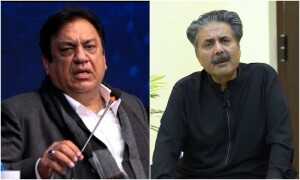









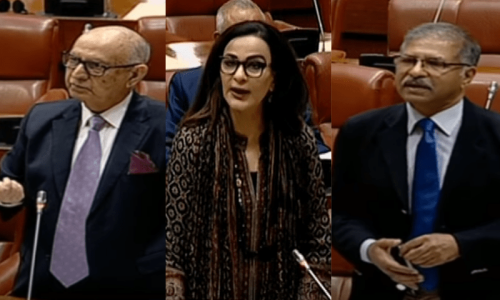
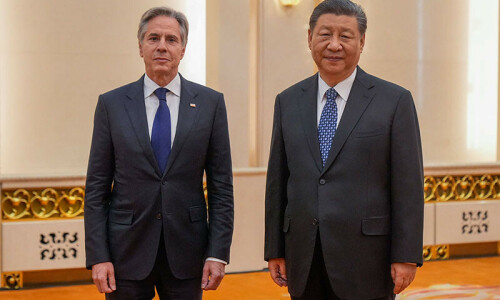

















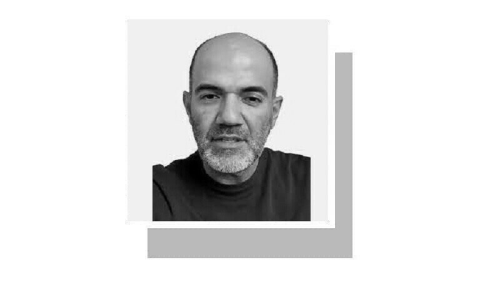
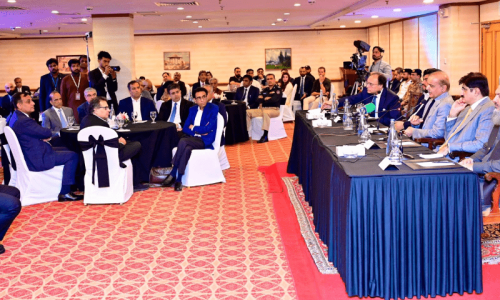

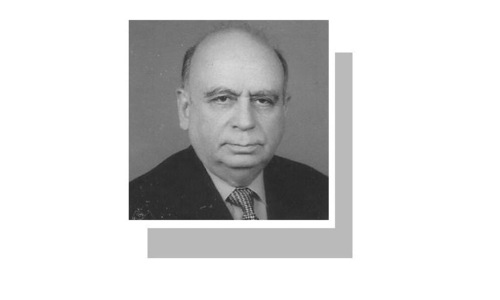
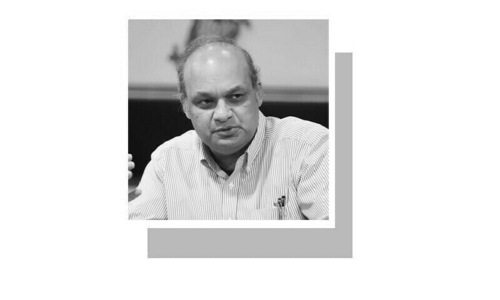






Dear visitor, the comments section is undergoing an overhaul and will return soon.